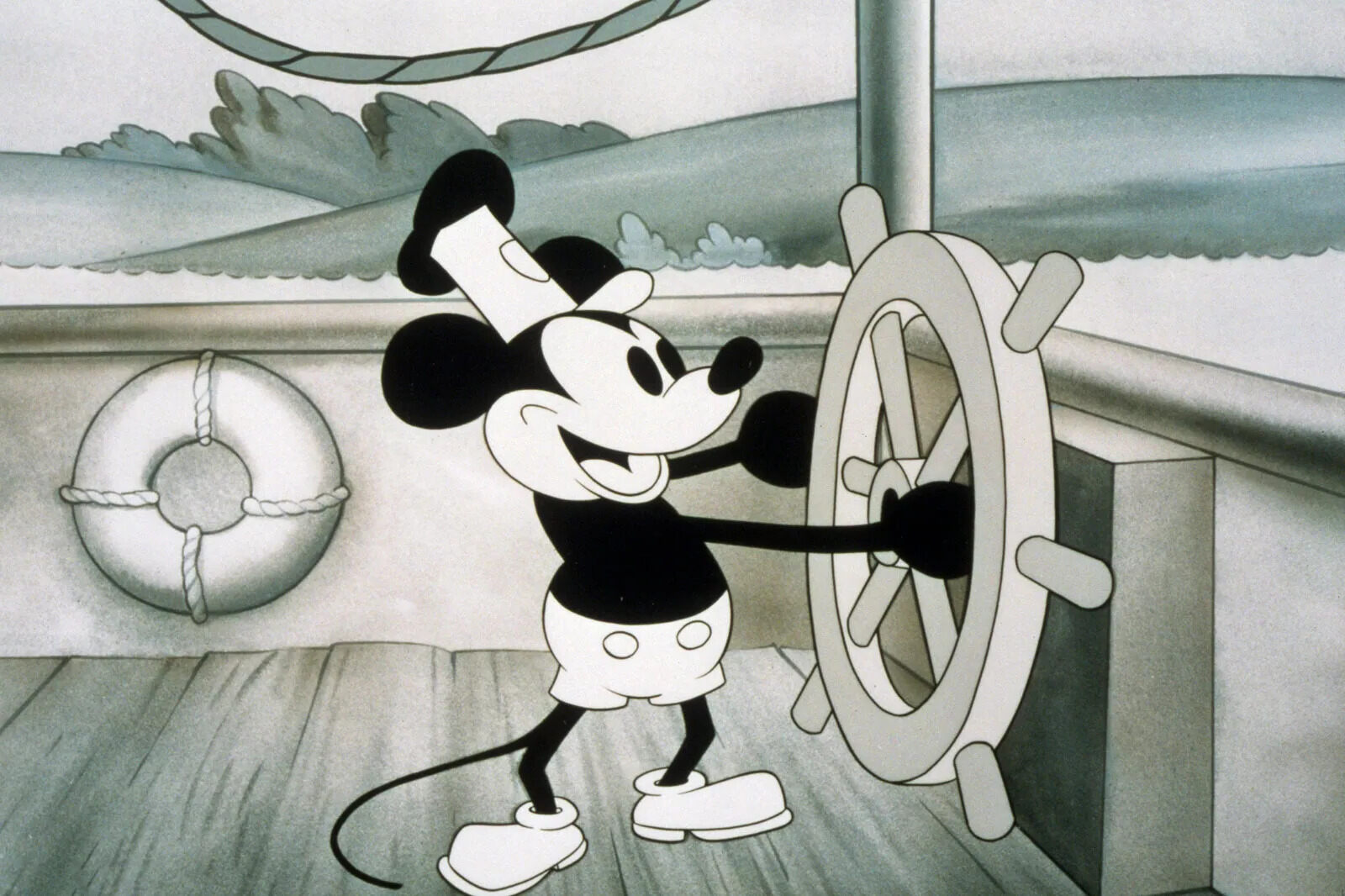
What made 1950s cartoons so special? The 1950s marked a golden era for animated shows, bringing iconic characters and stories to life. From the birth of beloved characters like Bugs Bunny and Mickey Mouse to the rise of television as a household staple, this decade transformed the animation industry. Cartoons weren't just for kids; they became a cultural phenomenon, influencing fashion, language, and even politics. Studios like Warner Bros. and Disney pushed the boundaries of creativity, experimenting with new techniques and storytelling methods. Whether you’re a fan of slapstick humor or intricate plots, 1950s cartoons offered something for everyone. Dive into these 25 fascinating facts to understand why this era remains unforgettable.
Key Takeaways:
- The 1950s were a golden age for cartoons, introducing iconic characters like Bugs Bunny and technological advancements like color television, shaping the future of animation and pop culture.
- Cartoons from the 1950s not only entertained audiences but also had a significant cultural impact, influencing catchphrases, merchandise, and the careers of voice actors, leaving a lasting legacy in entertainment.
The Golden Age of Animation
The 1950s marked a significant period in the history of animation. Many beloved characters and shows were born during this decade, leaving a lasting impact on pop culture.
-
Looney Tunes became a household name, featuring iconic characters like Bugs Bunny, Daffy Duck, and Porky Pig.
-
Hanna-Barbera revolutionized TV animation with shows like "The Huckleberry Hound Show" and "The Quick Draw McGraw Show."
-
Tom and Jerry continued their slapstick antics, winning several Academy Awards for their short films.
-
Disney released "Cinderella" in 1950, a film that helped revive the studio's fortunes after World War II.
-
The Flintstones, which premiered in 1960, was in development during the late 1950s and became the first prime-time animated TV show.
Technological Advancements
The 1950s saw significant technological advancements that changed the way cartoons were produced and consumed.
-
Color Television became more widespread, allowing cartoons to be broadcast in vibrant colors.
-
Limited Animation techniques were developed to reduce costs, leading to a more streamlined production process.
-
Stereophonic Sound was introduced, enhancing the auditory experience of animated films and shows.
-
Xerography was adopted by Disney, allowing for more detailed and efficient animation.
-
Television became the primary medium for cartoons, shifting focus from theatrical releases to TV shows.
Iconic Characters and Shows
Many of the characters and shows introduced in the 1950s have become timeless classics, still loved by audiences today.
-
Yogi Bear made his debut on "The Huckleberry Hound Show" before getting his own series.
-
Rocky and Bullwinkle premiered in 1959, featuring clever satire and memorable characters.
-
Popeye the Sailor continued to be popular, with new episodes produced for television.
-
Mighty Mouse became a TV favorite, known for his catchphrase, "Here I come to save the day!"
-
Mr. Magoo, a nearsighted character, entertained audiences with his comical misunderstandings.
Cultural Impact
Cartoons from the 1950s had a significant cultural impact, influencing various aspects of society and entertainment.
-
Merchandising became a major revenue stream, with toys, clothing, and other products based on popular cartoon characters.
-
Catchphrases from cartoons entered everyday language, such as Bugs Bunny's "What's up, Doc?"
-
Animation Studios like Warner Bros. and MGM became powerhouses in the entertainment industry.
-
Voice Actors like Mel Blanc and June Foray became celebrities in their own right.
-
Animation Techniques developed during this era laid the groundwork for future advancements in the field.
Behind the Scenes
The creation of 1950s cartoons involved many talented individuals and innovative practices.
-
Chuck Jones, a legendary animator, directed many classic Looney Tunes shorts.
-
Tex Avery was known for his wild and zany animation style, influencing many future animators.
-
Bill Hanna and Joe Barbera co-founded Hanna-Barbera, creating numerous beloved characters and shows.
-
Walt Disney continued to be a driving force in animation, overseeing the production of several classic films.
-
Storyboard Artists played a crucial role in planning and visualizing animated sequences, ensuring a cohesive and entertaining final product.
The Golden Age of Cartoons
The 1950s brought some of the most iconic cartoons that still resonate today. Shows like Looney Tunes, Tom and Jerry, and Popeye became household names, shaping the childhoods of many. These cartoons weren't just about entertainment; they reflected societal norms, humor, and even political climates of the time. The animation techniques and storytelling methods used set the foundation for modern animation. Characters like Bugs Bunny, Daffy Duck, and Mickey Mouse became cultural icons, influencing generations of animators and artists. The 1950s truly marked a golden age for cartoons, blending creativity with innovation. As we look back, it's clear that these animated classics have left an indelible mark on pop culture, proving that good storytelling and memorable characters never go out of style. So next time you watch a classic cartoon, remember its rich history and lasting impact.
Frequently Asked Questions
Was this page helpful?
Our commitment to delivering trustworthy and engaging content is at the heart of what we do. Each fact on our site is contributed by real users like you, bringing a wealth of diverse insights and information. To ensure the highest standards of accuracy and reliability, our dedicated editors meticulously review each submission. This process guarantees that the facts we share are not only fascinating but also credible. Trust in our commitment to quality and authenticity as you explore and learn with us.
